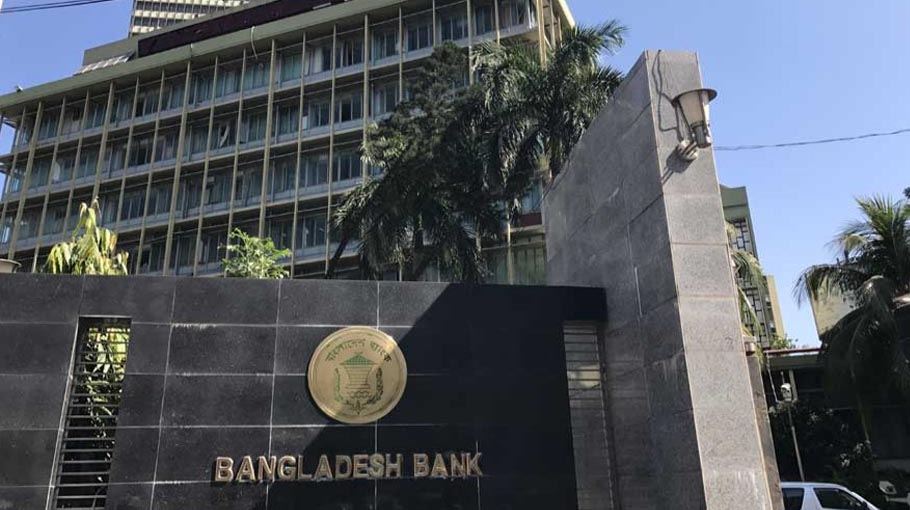Agriculture credit gains pace on back of BB policy changes

The scheduled banks have disbursed Tk 7905 crore as agriculture and rural credit in July-October period of the current fiscal (2021-22), almost 28 percent of the target for the 12 months.
It shows that agriculture and rural credit disbursement got pace after Bangladesh Bank (BB) simplifying the credit disbursement policy, said Md Serajul Islam, spokesperson and executive director of BB.
The central bank’s enhanced supervision in field level after falling Covid-19 infection rate in the country also helped to bring about the positive result, he said.
Compared to the same period of the previous financial year, the loan disbursement has increased by 19.23 percent or Tk. 1,275 crore.
Read more: ‘Fuel price hike to raise RMG production costs’
Banks disbursed Tk 6629 crore in the FY 2020-21's corresponding period, that was 25.22 percent of the fiscal agriculture and rural credit disbursement target. The central bank set the target of Tk 26292 crore disbursement in the agriculture sector.
Bangladesh Bank (BB) set a target for banks of Tk 28391 crore agriculture and rural credit disbursement target for the fiscal year 2021-22.
The agriculture and rural credit disbursement increased in October. Banks disbursed Tk 2695 crore in this month which is the highest ever in a single month. In the previous month in September Tk 2536 crore was disbursed in this sector.
This led to a positive change in the disbursement figure of credit to the agricultural sector as a whole, following simplification of the credit policy in August this year, economists said.
In August, banks disbursed Tk1,732 crore as agriculture loan, and Tk 942 crore in the previous month in July, the first month of the fiscal.
Meanwhile, despite the increase of loan disbursement, the recovery of agricultural and rural credit has decreased in four months.
During this period, Tk 7, 597 crore has been collected. In July-October of the last financial year, the agricultural loan recovery was Tk 8,457 crore. The loan recovery decreased due to the adverse impact of Covid-19 pandemic on the economy, the sector's insiders said.
In August the BB issued a circular focusing disbursing of farm loan through Tk10 farmer account within 10 working days after the loan application of a farmer was filed at the respective bank.
Besides, the bank has to send an acknowledgement letter for each loan applicant. If the loan application would not be considered or delayed, the valid reasons have to be described in the file note and all these documents have to be preserved for inspection of Bangladesh Bank officials.
Banks can provide farm loans up to Tk2.5 lakh without CIB (Credit Information Bureau) report, that is required for other loan disbursement.
The BB increased supervision and monitoring of contract farming so that the farmers get fair price of crops.
Besides, special attention has been given to promoting agro-based entrepreneurship, along with enforced loan disbursement for purchase of modern agriculture machinery.
Farm loan disbursement target achieved would be considered as an important performance marker of banks. Banks' agro financing performance would be added to their CAMELS rating/
The CAMELS rating system assesses the strength of a bank through six categories. CAMELS is an acronym for capital adequacy, assets, management capability, earnings, liquidity, sensitivity.
Dr. Jahangir Alam Khan, vice chancellor at University of Global Village and agricultural economist, told UNB that the farmers are getting the benefits of liberalizing the agriculture credit policy.
“Disbursing agriculture credit through farmers’ Tk10 accounts is a very time-befitting program, which helps farmers to be included in banking networks,” said Dr Khan, who was awarded Ekushey Padak in 2020, in recognition of his contribution in research.
“We found in study that around 30 to 35 percent farmers have remained out of reach of institutional loans, they depend on different associations or individuals for loans in crop season and the interest rate is severely higher,” he added.
If half of these farmers could be brought into the banking channel, both the farmers and banks will be benefited, as they (farmers) will save money in the banks also, said Dr. Jahangir.



